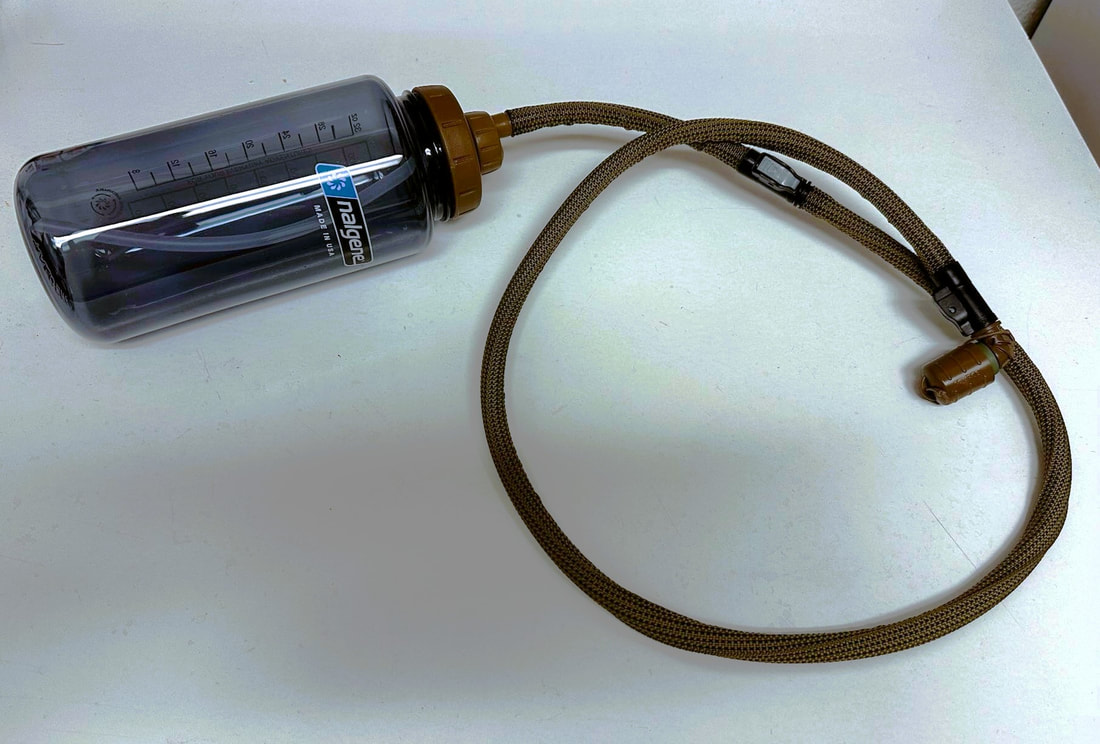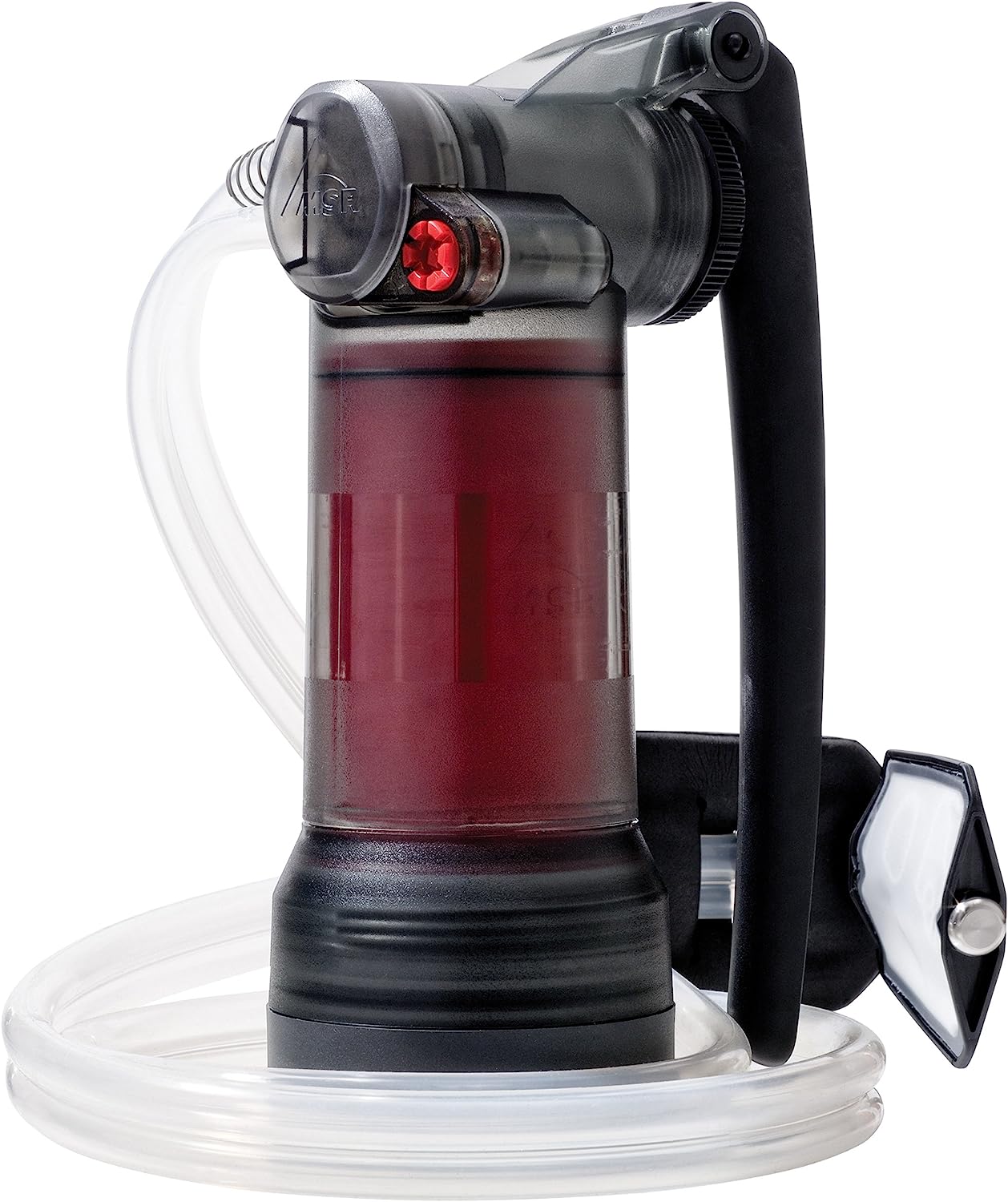|
The average person who gets a Baofeng radio will have no idea how to tune in when they turn it on and see an input like 445.000 staring back at them. Pushing the buttons to blindly tune the frequencies up or down doesn’t work like a CB radio, car stereo, or marine radio. You can’t just pick a frequency at random and start using it. First, there will probably be no one to talk to. Second, you could be transmitting on a frequency or in a mode that is prohibited. My pre-ham radio experience was with VHF law enforcement radios; my agency has 16 channels programmed in on the main ‘A’ bank. For public safety/business use, the FCC assigns frequencies. Not in the ham world. Ham radio does not have defined voice channels like Marine radio, CB, or GMRS/FRS. The concept of saying “Go to channel __” doesn’t exist. What exists on the ham bands are portions of the frequency spectrum that is generally understood to be used for simplex (radio-to-radio) voice communication. Imagine it as a freeway without any marked lanes. To better navigate that lane-less freeway, radio users have decided to separate portions of each band and dedicate them to specific uses. Simplex, or radio-to-radio voice, is just a small part of that. In order for the various uses of the ham bands to all get along, local radio coordinators outline what ranges and frequencies should be used for what. These coordinators are unofficial bodies and the plans aren’t legally mandatory, but they are mostly obeyed to avoid chaos, the same way people obey traffic signals when a cop isn’t around. You can create “lanes” for your own channel plan as long as you play by the rules that everyone else does. This is really no more than agreeing on specific frequencies to use and giving them a name or alpha-numeric designation. Having a channel name or number is for brevity and communication security. “Go to five,” is shorter and more secure than saying “Go to 158.730.” So, within your own group/family, you can know that “VHF channel 1” means 146.415 MHz. Again, this is an in-group thing because there are no public ham channel allocations. How to get startedMy semi-facetious suggestion is become friends with a likeminded, experienced ham and let him provide you with his pre-existing plan. I kid, but there are hams in your community that have already done this and will have saved you a bunch of trouble. Connections can and do pay off. But for the rest of you… Start by finding the basic band plan[1] for the band you plan to use; in our case it will be 70cm or 420-450 MHz UHF. Note that 420-450 MHz is the basic frequency range for that band; it will be divided up into different groups for various uses, such as Morse code (CW), television, etc. Be sure to review the band plan for frequencies that are reserved for specific uses, such as digital packet transmission only, often noted “no voice.” Note the bandwidth spacing for each band. For 70cm, this is 25 kHz while in some parts of California it is 20 kHz. For 2m VHF, this is 15-20 kHz. Think of spacing as a separation lane to keep the radio traffic from bleeding into each other. Too narrow of spacing and the radio signals start interfering with each other. Using the no-lane freeway above, technically speaking is the bandwidth separation. As long as the traffic is within the limits of the range and far enough apart from each other, who talks on what frequency is unregulated. You can simply plug in a frequency in the right range, check that the bandwidth is set properly (the radio should do this automatically), and start talking. Shy of SHTF or an emergency this can be a nuisance. Practically speaking, you need to mind the upper and lower end of the frequencies for both the FCC-defined band and the range for simplex voice. Orderly ham radio depends on everyone coloring (or parking or driving, whatever analogy you prefer) within the lines. One can’t reasonably just start yakking away on any frequency for this reason. This problem with choosing a frequency at random is you may be talking slightly off a locally defined channel and interfering with that traffic. That’s a quick way to make other hams unhappy, sort of like making the other guy pull off a one-way road so you don’t have to get your car’s passenger side all muddy by driving on the shoulder. What needs to be done is see if there are any local channel plans for the band you intend to use. Locate your state or regional band plan. These are gentlemen’s agreements by local ham organizations to allocate the different frequency ranges for various purposes to better regulate and coordinate traffic. Many organizations do not coordinate simplex frequencies. In this case, generic spacing and allocations can be used. You will need to Google “[state or region] ham radio band plan” to find this information. Alternatively, you can ask a local ham club. In the 70cm UHF band, you will want to check your local band plan (down to the county, if there is such an organization) and the repeaters carefully before deciding on using a certain frequency. For example, you may want to start at 445.000 and go up to 446.975 at 25 kHz channel spacing intervals. At each interval you would check that the band plan doesn't reserve the frequency for something like high-speed packet transmission or that it's assigned to a repeater. Note that you don't want to break the pattern of intervals because your signal will bleed over to other frequencies and cause interference with other traffic. That's rude, like parking in two spaces. It's going to make people mad and if you have a problem that comes to the FCC's attention you will be the at-fault party. So once more, random frequency selection is suboptimal. Check your local repeaters to ensure that you are not talking on a repeater input/output frequency. Repeaterbook.com is the most popular resource for repeater information. This becomes more of a concern in 70cm UHF because the simplex (voice) range is shared with repeaters. For instance, in Missouri 445.900–445.975 is shared between simplex and packet traffic; at 25 kHz spacing that leaves four voice UHF channels that can be used. Don’t forget to actually listen to the frequency for a while to determine what kind of traffic is used on it. Finally, remember that the airwaves are all shared and open to the public. There is no privacy or reserving of frequencies. All FCC regulations will apply. Your channels are nothing more than a memory device for certain frequencies and will be specific to your group only. Any outsiders you are communicating with will need to be given the actual frequency to tune to, not your channel number/name.
Repeaters You may want to put repeaters in your channel plan. For instance, my group notes these with an R (Romeo) for repeater, as “31R.” Again, the repeaters are public but saying 31R is easier and more discreet than saying “McClellan Peak UHF” or “W7RHC.” Some notes about programming repeaters in: For repeaters, the input (receiving) frequency is published. This is the frequency that your radio will talk to the repeater on. You will need to program in an offset so the radio knows what frequency to listen for the output signal (that the repeater is re-transmitting the traffic on). Note the offset for your band; this varies. 70cm uses a 5 MHz + or – above or below the repeater input frequency. 2m VHF is 600 kHz or .6 MHz. Most radios will automatically set the offset frequency once you note + or – in the software so you don’t need to manually enter the offset frequency. Most repeaters will use a PL tone to activate the repeater. The offset and PL tone will vary on each repeater. Common simplex voice frequencies 2 Meters (144-148 MHz) 146.400-146.580 simplex 146.520 National simplex calling Frequency 147.420-147.570 simplex 70cm (420-450 MHz) 445.000-447.000 simplex (shared with repeaters and other services) 446.000 National simplex calling Frequency Example 2m simplex channels (SoCal) 144.310-144.375 (15-20 kHz apart) 144.405-144.490 (15-20 kHz apart) 145.510, 145.645, 145.525, 145.660, 145.540, 146.445, 145.555, 146.520 (calling freq.) 145.570, 146.535, 145.585, 146.550, 145.600, 146.580,145.615, 146.595, 145.630 147.510 https://www.tasma.org/TASMA-2m-Band-Plan.pdf Note that the 70cm UHF equivalent of above is extremely uncommon. [1] https://www.arrl.org/band-plan Sample band plan This simple band plan is taken from Los Angeles area information. It includes a Channel of the Day (COD) so each group member knows where to go each day to listen and make contact if necessary. While a real plan would have the frequency order switched up, changing the “main” frequency each day will inhibit any easy monitoring by bad guys. Note that the days must rotate because there are not enough frequencies for a 31-day month. Channels of the Day will need to repeat, and more often on bands with lesser available simplex frequencies, especially on UHF. Repeaters that are intended to be used are included as well. This method will work for 2m/1.25m/70cm and GMRS/FRS. A similar plan can be made up for CB with the ordinary channel numbers switched up. The duress channel is an unused frequency that can be switched to if your transmissions are being monitored by bad guys. The code word can be spoke and everyone will know to switch without further prompting. Credit to [redacted] for coming up with my group’s plan, from which I modeled this example chart (because the public isn’t seeing our actual one). Note: this is an excerpt from my book Basic SHTF Radio: A cop's brief guide for understanding simple solutions for SHTF radio communication, available on Amazon. Also consider NC Scout's "The Guerilla's Guide to the Baofeng Radio" (which I consider to be "Intermediate SHTF Radio."
Comments are closed.
|
Author Don ShiftDon Shift is a veteran of the Ventura County Sheriff's Office and avid fan of post-apocalyptic literature and film who has pushed a black and white for a mile or two. He is a student of disasters, history, and current events. Archives
May 2024
Categories
All
As an Amazon Associate I earn from qualifying purchases.
|


 RSS Feed
RSS Feed






